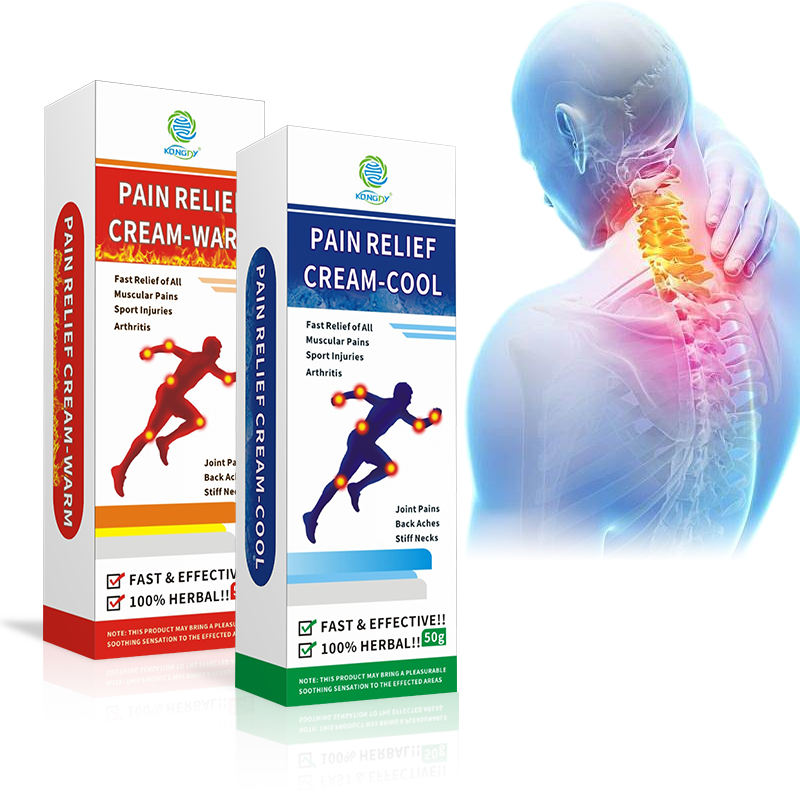Living with chronic pain or dealing with sudden muscle soreness can significantly impact your daily life. Whether you’re an athlete recovering from intense training, someone managing arthritis, or simply dealing with everyday aches, topical pain creams offer a convenient and effective solution for localized discomfort.
Pain creams work by delivering active ingredients directly to the affected area through the skin. Common ingredients include menthol, which creates a cooling sensation, and capsaicin, derived from chili peppers, which helps reduce pain signals. Other formulations contain NSAIDs like diclofenac or natural compounds such as arnica and CBD oil.

One of the primary advantages of topical pain relief is targeted application. Unlike oral medications that circulate throughout your entire body, pain creams concentrate their effects exactly where you need them. This focused approach minimizes systemic side effects and reduces the risk of drug interactions, making them particularly suitable for people taking multiple medications.
The application process is straightforward. Simply clean and dry the affected area, apply a thin layer of cream, and gently massage it into the skin until absorbed. Most users experience relief within 15 to 30 minutes, with effects lasting several hours. For chronic conditions, consistent application as directed can provide cumulative benefits.
Pain creams are ideal for various conditions including arthritis, back pain, muscle strains, joint stiffness, and sports injuries. They’re also beneficial for those who cannot tolerate oral pain medications due to stomach sensitivity or other contraindications.
When selecting a pain cream, consider your specific needs. Fast-acting formulas work well for acute injuries, while longer-lasting formulations benefit chronic pain sufferers. Always read labels carefully, perform a patch test for allergies, and consult healthcare providers if you have sensitive skin or existing medical conditions. With the right product, topical pain cream can become an essential part of your pain management toolkit.






